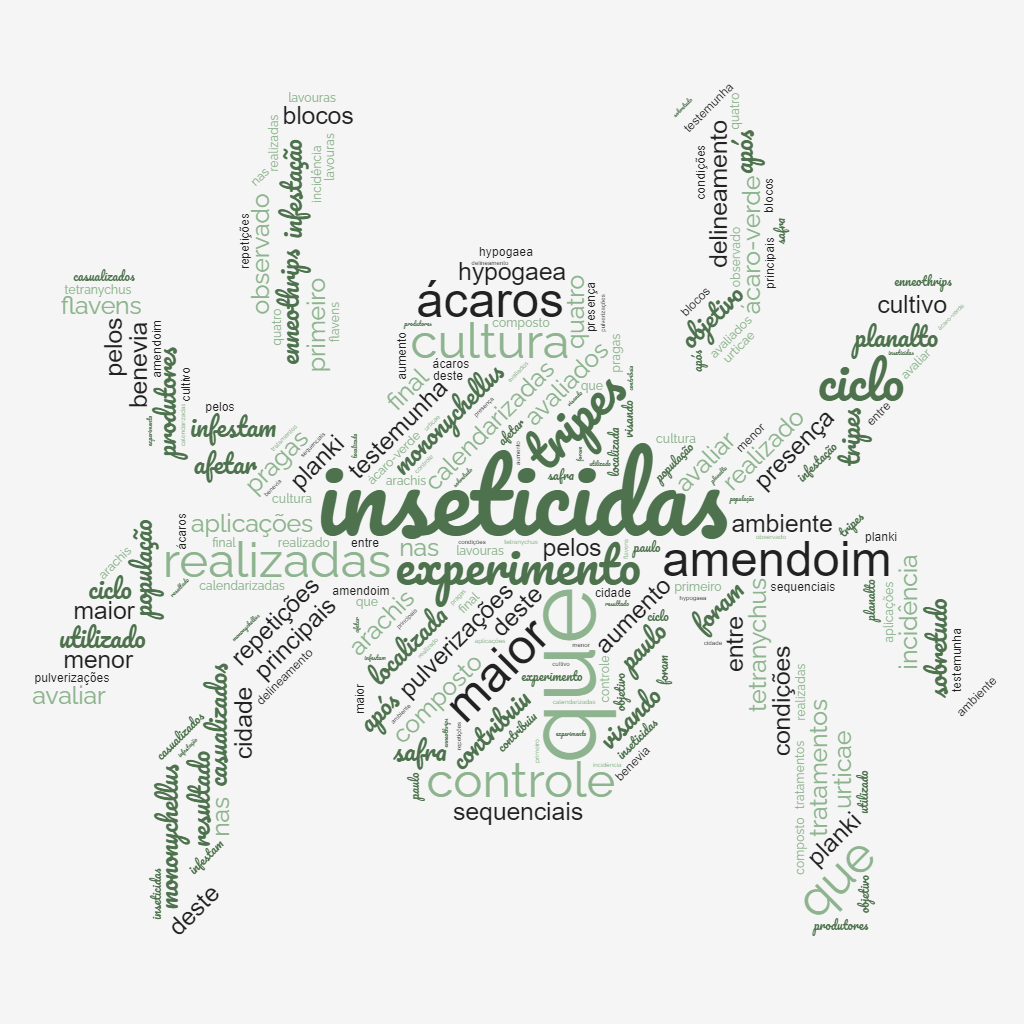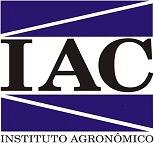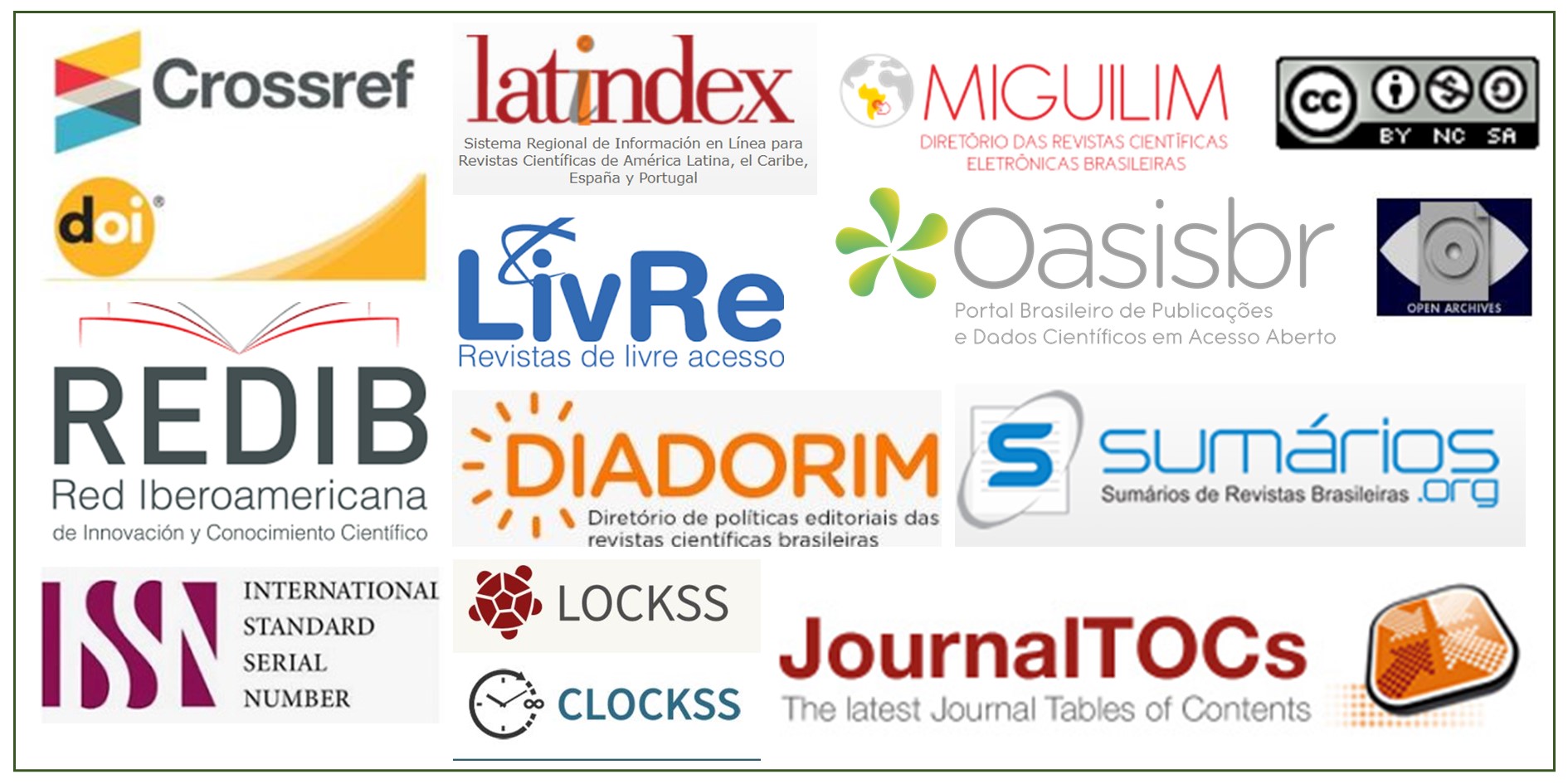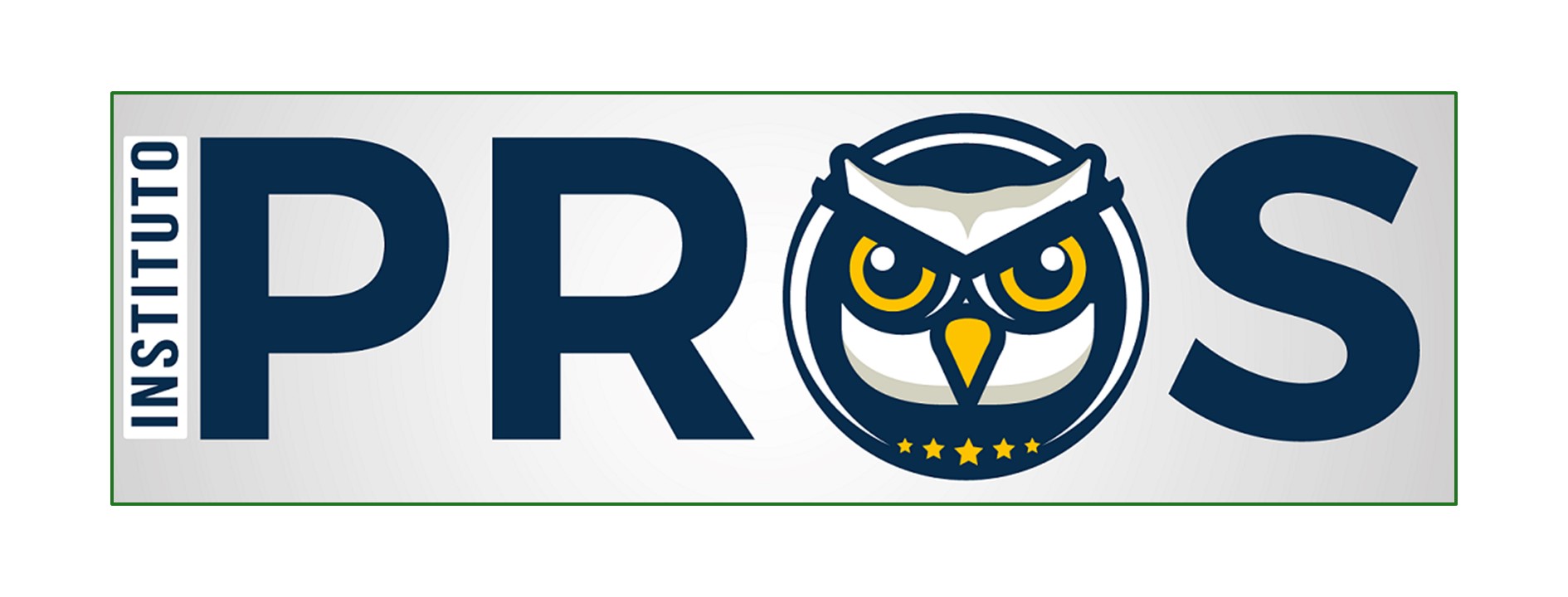Mite infestation after sequential spraying of insecticides to thrips control in peanuts
DOI:
https://doi.org/10.52755/sas.v2iedesp2.143Keywords:
Arachis hypogaea L., Mononychellus planki, Tetranychus urticae, chemical controlAbstract
In the cultivation of peanuts, Arachis hypogaea, aiming to control one of the main pests that infest crops, thrips Enneothrips flavens, timed spraying of insecticides is carried out by producers, which can affect the greater or lesser incidence of mites in the environment. The objective of this work was to evaluate the mite infestation at the end of the crop cycle, after sequential application of insecticides to control thrips. The experiment was carried out in the city of Planalto, located in the state of São Paulo, in the 2020/21 harvest. The design used was a randomized block consisting of 16 treatments (15 insecticides and a control) and four replications each. As a result, Mononychellus planki and Tetranychus urticae were observed with greater presence, especially the former. Among the evaluated insecticides, Benevia, under the conditions in which the experiment was carried out, was the one that contributed to the increase in the green mite population at the end of the peanut crop cycle.
Downloads

Downloads
Published
How to Cite
Issue
Section
License
Copyright (c) 2021 Eduardo Rodrigo Gambarini, Marco Aurélio do Espirito Santo Gabas, Claudiane Martins da Rocha, Daniel Júnior de Andrade, Marcos Donisete Michelotto

This work is licensed under a Creative Commons Attribution-NonCommercial-ShareAlike 4.0 International License.
Autores concordam com os seguintes termos:
a) Os autores mantêm os direitos autorais e concedem à revista o direito de primeira publicação, com o trabalho simultaneamente licenciado sob a LicençaAttribution-NonCommercial-ShareAlike 4.0 International, que permite o compartilhamento do trabalho com reconhecimento da autoria e publicação inicial na Revista SAS. A licença permite o uso, a distribuição e a reprodução irrestrita, em qualquer meio, desde que devidamente citada a fonte. Essa licença permite também que outros remixem, adaptem e criem a partir do seu trabalho para fins não comerciais, desde que atribuam a você o devido crédito e que licenciem as novas criações sob termos idênticos.
b) Não cabe aos autores compensação financeira a qualquer título, por artigos ou resenhas publicados na South American Sciences.
c) Os conceitos expressos nos artigos publicados na South American Sciences são de inteira responsabilidade de seus autores.








